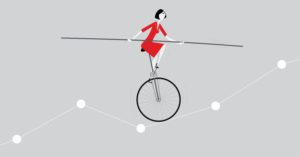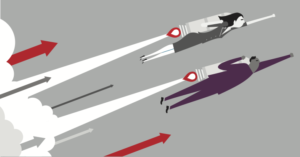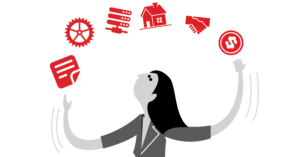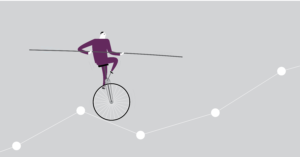As a writer, I’ve pondered this question off and on.
I’ve played around with ChatGpt, asking it to draft a story that I edited extensively or giving it an outline and asking it to turn it into prose. Frankly, I’ve not been overly impressed with the result and concluded that ChatGpt is suitable for generic writing tasks, e.g., condo rules and standard letters, not creative and inspirational writing.
And then…
Last week I asked ChatGpt to write a 200-word blog on the value of reunions. Below is the blog it wrote. It’s good! So good it caused me to wonder, does writing have a future in the era of ChatGpt?
As part of my pondering, I’ve been reading about the impact of ChatGpt in schools. In particular, I read that the college essay is dead. Some teachers have stopped giving writing assignments at all.
On the other hand, there are teachers who see ChatGpt as an opportunity to challenge students with a more difficult task. These teachers ask students to use ChatGpt to write the essay, and then the assignment is to fact-check and critique what ChatGpt wrote and then revise the ChatGpt response (students turn in their critique, the ChatGpt composition, and their own).
So maybe the better questions are:
- How will writing change in the era of ChatGpt?
- For those of us who seek to inspire with our writing, how do we ensure our contribution is unique?
- When is it ok to ask ChatGpt to write for us and then share, with attribution, what it wrote?
ChatGpt’s Blog
Embracing the Joy of Reunions: Connecting Across Time and Distance
In a world where time races ahead, and life’s demands pull us in various directions, there’s something undeniably magical about reunions. These gatherings have an uncanny ability to transport us back in time, rekindling memories and emotions that have been tucked away. Reunions offer us a chance to bridge the gaps that time and distance have created, allowing us to connect and cherish the bonds that define us.
The anticipation leading up to a reunion is like a crescendo of emotions – excitement, nostalgia, and a touch of anxiety. As the familiar faces come into view, it’s as if time melts away, and we’re left with a profound realization that some connections remain unbreakable, no matter the miles that separate us.
Reunions are not merely events but windows into our past, present, and future. They provide an opportunity to share stories, reminisce about shared experiences, and catch up on the latest chapters of each other’s lives. Laughter reverberates, tears are shed, and hearts are warmed as we celebrate the beauty of human connection.
In a digital age where virtual interactions often dominate, the physical presence of a reunion is a poignant reminder of the significance of face-to-face connections. The joy of holding a friend’s hand, the warmth of a hug, and the unspoken understanding that passes between loved ones are experiences that can never truly be replicated through screens.
Whether it’s a high school reunion, a family gathering, or a long-awaited meeting with friends, reunions offer us a chance to rekindle bonds that time and distance may have momentarily obscured. They remind us that despite the challenges life throws our way, the ties that bind us are enduring and precious. So, as we gather once again, let’s embrace the magic of reunions and savor every moment of connection they offer.









 The initial results of my Pivot are excellent. I feel I have much greater clarity regarding the next 3-5 years..
The initial results of my Pivot are excellent. I feel I have much greater clarity regarding the next 3-5 years.. 